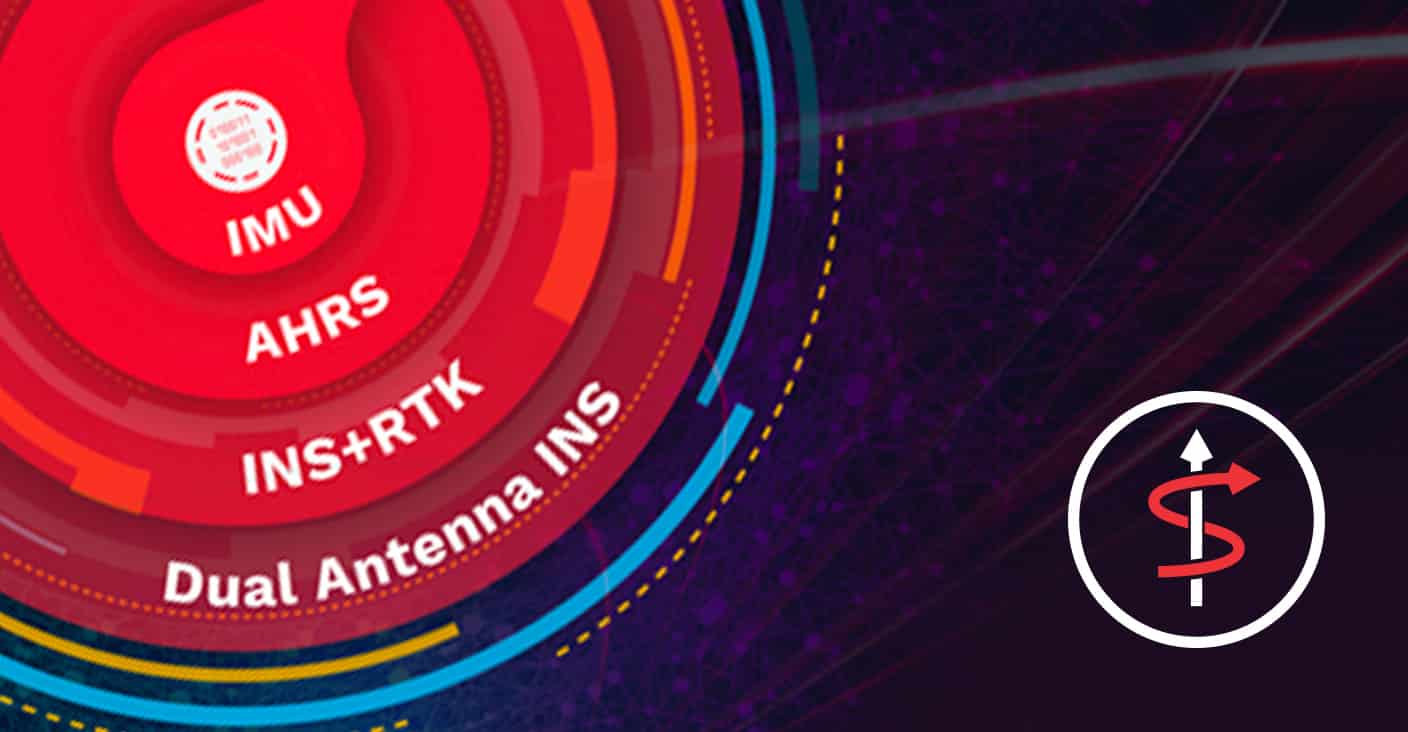
How to Choose The Right Sensor – A Cheat Sheet
Probably the question we are asked most often is, “Can you help me choose a sensor?”
While most builders and engineers come to us with a good idea of their desired specs, there are still a lot of choices when choosing a sensor. So that’s why when you ask us your question, we have a few questions of our own.
Most of our questions have to do with data, that is, what data or information do you need back from the sensor?
If you want raw data and only need to know temperature, 3D acceleration, 3D magnetic field and 3D rate of turn, then our IMU is the perfect sensor. This sensor gives you raw, calibrated data and is perfect for measuring motion while requiring your solution to have filters in place.
Keywords: Raw data.
Now, if you want everything the IMU provides plus you need data around roll, pitch, and yaw, then the AHRS sensor will solve your needs. This orientation data is perfect for a robotic arm or even an indoor floor cleaner. This sensor uses algorithms to fuse raw data from the IMU with the Earth’s gravity to provide orientation. Keywords: Roll/Pitch/Yaw.
The INS is where we start to really get into Inertial Sense’s “special sauce,” if you will. You get all of the functionality of our IMU and AHRS sensors plus then we use the Kalman Filter to fuse that data with GPS to provide precise location. Our sensor fusion allows you to maintain position and provide improved location data. Perfect for a drone or small ground robot. Keywords: Sensor Fusion.
Now, we usually don’t sell the INS on its own, rather we pair it with additional functionality. When we add our RTK (Real-Time Kinematic) you get “extreme accuracy.” We’re talking as close as within 3cm. INS+RTK includes corrections from satellites and is perfect for high-accuracy drones, autopilot applications, and small ground robots. The data includes GNSS/GPS-based latitude, longitude, and altitude; real-time RTK; and GNSS/GPS-based 3D acceleration. Keywords: Real-Time Kinematics.
If you want it all plus a second antenna, then you want our Dual Compassing GNSS-INS sensor. It has the functionality of all of our sensors combined into one plus it uses two antennas for heading data. If electromagnetic interference is a concern based on your machine, then you will appreciate the dual antenna system which provides GPS-based heading data. This “sensor of all sensors” is perfect for radar/antenna pointing and anywhere electromagnetic output could skew data. Keywords: GPS-Based Heading.
The last question we typically ask is, “Does this need to be rugged?” Our sensors are available with a “rugged” form factor which gives you an aluminum casing to protect your sensor in harsh applications. If you’re using it for autopilot, mining, powerlines or other outdoor or harsh applications, we are probably going to suggest you go rugged.
It’s important to consider the quality of both the sensor and the software behind the sensor when selecting for your project – not all sensors are created equally!
If you’re ready to talk to someone, contact Carson at: carson.herbert@inertialsense.com


